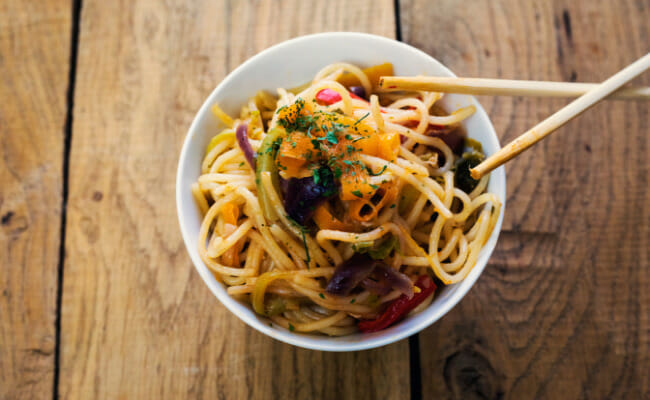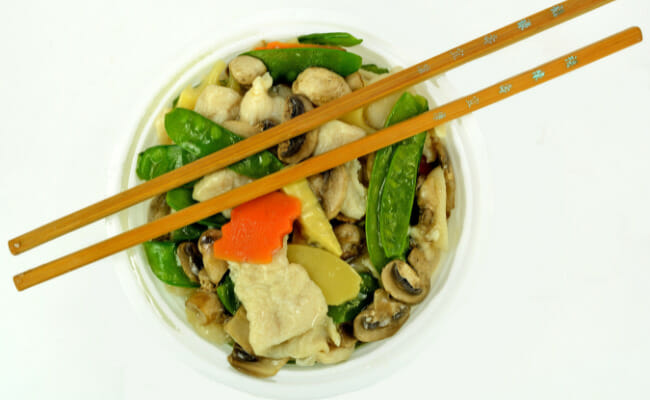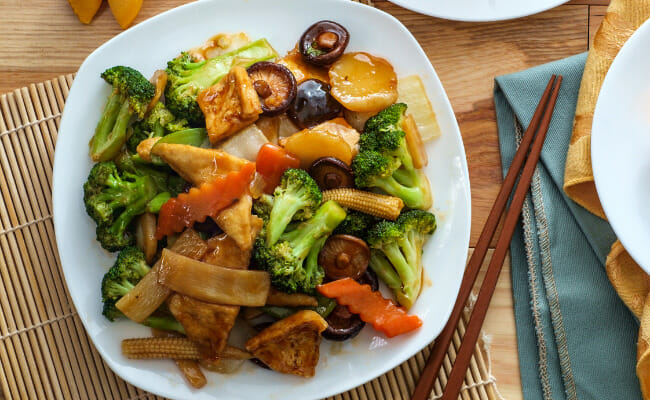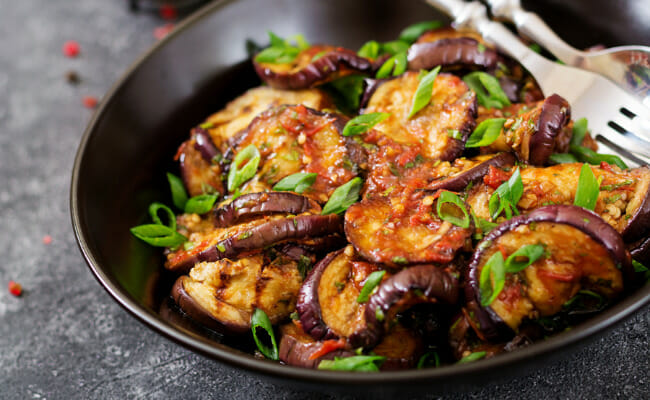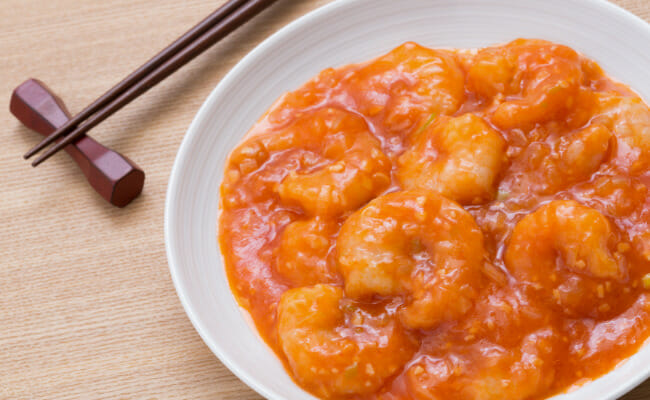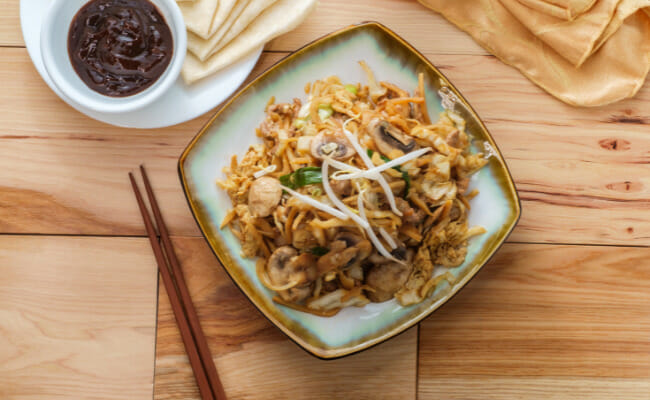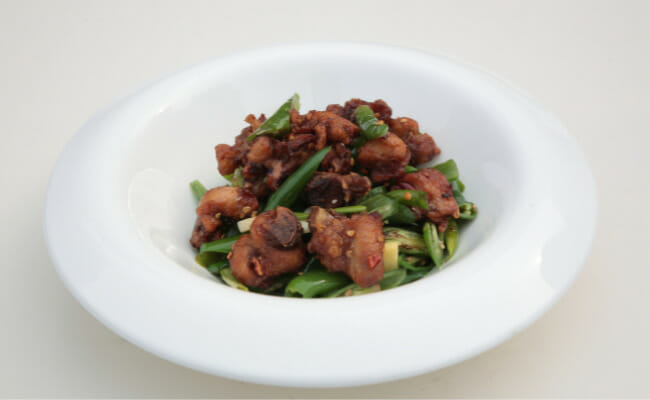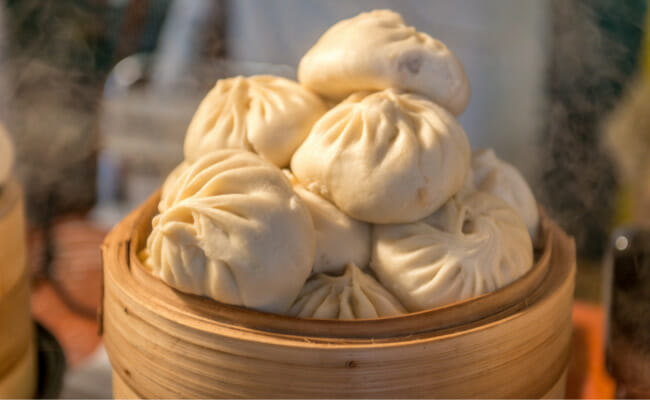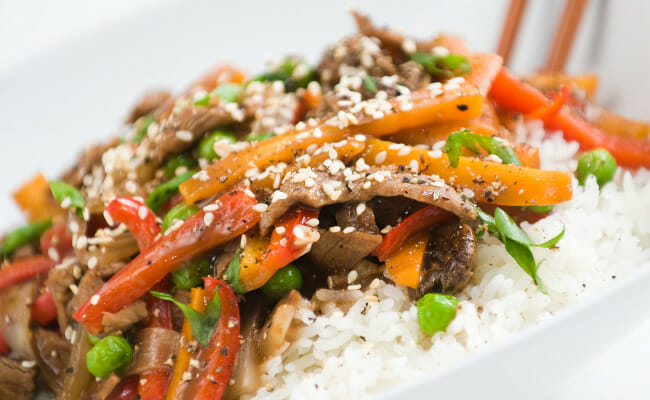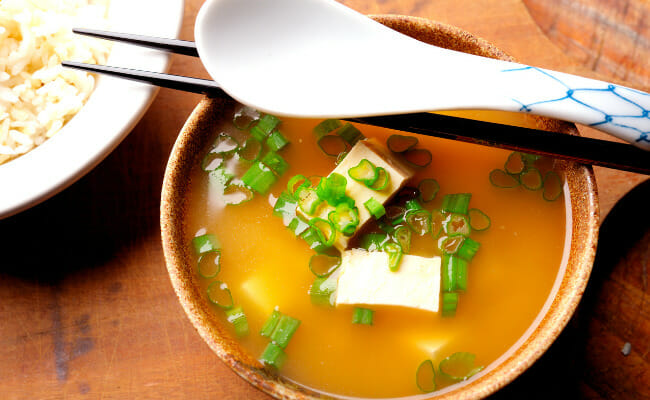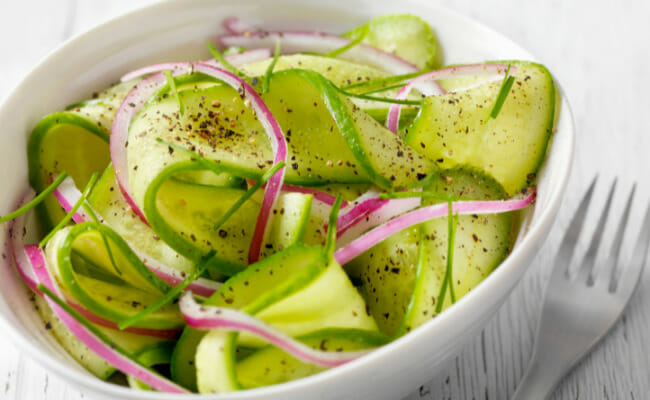10 Delicious and Healthy Chinese Food Recipes
Chinese food is a cuisine that people all over the world love. While some might think Chinese food is unhealthy, this isn’t always the case. There are many healthy and delicious Chinese recipes that you can try at home. From stir-fried recipes to noodle dishes, there’s something for everyone.
Are you unable to find healthy Chinese food recipes that fit your health and fitness goals? You don’t have to give up your favorite Chinese dishes to keep your blood sugar and sodium levels in check. We’ve rounded up ten tasty and nutritious Chinese recipes for you to give a try!
How to detect unhealthy Chinese foods

Not all Chinese foods are bad for your health. If that’s the case, then this article would not exist. The major problem is that a good percentage of the Chinese foods that made it to the American shores are the worst.
Unlike traditional Chinese foods, American-Chinese takeout meals have too much sugar and salt. While the Americanised versions possess their unique taste and tempting flavors, they can trigger an insulin spike when ingested.
We genuinely care about your health, so we will tell you the essential things to watch out for in a Chinese food recipe while scouting for more before giving a complete list of the ten healthiest Chinese food recipes.
Excessive carb and fat content
According to Experts, original Chinese dishes are barely deep-fried, but their Americanized versions are heavy on fats and soy sauce. Good examples of such items are ginger beef, spring rolls, egg rolls, deep-fried beef, and crab puff, among many others.
Too much sodium
To make consumers salivate upon perceiving the aroma from their restaurants, American Chinese tend to fortify their dishes with monosodium glutamate (MSG), a common food additive in that niche.
Sugar for three
It is not uncommon for Chinese chefs to garnish their meals with lots of sugar. A good example is a sweet and sour chicken, an American-Chinese meal with 19g of sugar and 39g of carbs per serving. When consumed by people with diabetes, an increase in blood sugar is inevitable.
Things to consider when choosing healthy Chinese foods
True lovers of Chinese delicacies won’t give up their favorite meals regardless of the truckful of data backing up the warnings. However, if you reach a compromise and decide to opt for healthy Chinese foods, you won’t have the face the wrath of insulin spikes or obesity. Follow the tips below to eat healthy Chinese foods:
Steam; don’t fry.
Deep frying your meal can double the amount of fat in it. If you are on a fat fast and were advised to avoid them, you can choose to steam your chicken or other food items instead of frying.
Peep the healthy foods section
Any restaurant worth its salt provides a section for customers with diabetes, heart problems, or obesity. All you need to do is to check their website or app. You can drive by to make inquiries if you are chanced.
Skip the noodles
At this point, it is common knowledge that noodles have high sodium content. This information is a hard pill to swallow for fans of instant noodles. The danger is that your risk sodium overdose when you order instant noodles alongside a Chinese dish (since Chinese meals are already “rich” in sodium).
Add less soy sauce
It doesn’t hurt to reduce the amount of soy sauce added to your Chinese meal!
Pick brown over white rice.
White rice has a high glycemic index, which is bad for people with diabetes. Hence, brown rice is the best rice for diabetes patience as it has a relatively lower glycemic index.
Cook your favorite Chinese meals: The options provided by fast-food outlets are limited; hence the only way to ensure that the fat or carb content does not exceed the doctor’s prescription is to do it yourself. You can find hundreds (if not more) of free Chinese recipes online. You can also watch youtube videos to get a complete grasp of the cooking process.
10 Delicious and Healthy Chinese Food Recipes
We included the number of calories and protein expected per serving for some Chinese dishes. However, it is essential to note that the values can change with composition, restaurant, and cooking methods.
Moo goo gai pan
If you want to take the “little sauce” gospel to the next level, Moo goo pan should be your motto when asked about your order the next time you visit a Chinese restaurant. It offers low calories, a festival of veggies, and lean protein.
Moo goo gai pan is a combo of mildly spiced chicken and a vegetable stir-fry. The festival of veggies includes carrots, broccoli, mushrooms, and water chestnuts. One serving (216g) of Moo goo gai pan contains 160 calories and 16g of healthy proteins for the food nerds.
Instead of getting your Moo goo gai pan sauced by the chef, you can request for the sauce to be delivered separately to control the amount.
Buddha’s delight
Buddha’s delight is a vegan favorite. For those who don’t know, Buddha was an advocate of vegetarianism during his lifetime. He dedicated a long passage in the Lankavatara sutra to condemn the act of consuming meat.
If Buddha’s delight were a pool party, the dress code would have been “Whole Lotta Green,” as it is mostly veggies. Generally, Buddha’s delight comes with cabbage, broccoli, and bok choy. The plant-based meal’s garnish is a savory sauce. It is a stir-fry prepared with tofu.
Per serving(217g), the Buddha’s delight offers13 calories plus fiber (3g) and protein 9g).
Eggplant with garlic sauce
Does grilled eggplant sound interesting to you? Same here! The eggplant with garlic sauce is a must-try. The dish offers a smoky, grilled eggplant crowned with healthy and tasty garlic sauce. The ingredients used also include ginger and pepper.
Eggplant is your best go-to if you want a low-calorie meal. The eggplant with garlic sauce comes with folate, fiber, manganese, and potassium.
Shrimp with lobster sauce
Craving for some lobster meal? I’m sorry to disappoint you, but this is not the meal you want when you’re hungry for some lobster juice. The name was adopted because it contains the ingredients used in preparing lobster in local Cantonese cuisine.
Shrimp with lobster sauce is prepared using black bean sauce. It’s a sea of stir-fried shrimp alongside carrots, garlic, peas, and scallions.
Shrimp with lobster sauce offers 279 calories and protein (31g) per serving (185g).
Moo shu vegetables
If you’ve vowed to let veggies take the wheel in your diet journey, then the Mooshu vegetable dish is a great option. With Moo shu vegetables, you will get shredded cabbage, stir-fried pork, carrots, onions, and mushrooms.
Like any of the dishes listed in this guide, the amount of each ingredient can alter the nutrient content. However, on average, one serving (151g)of Moo shu vegetables should contain 230 calories and protein(16g).
Chicken with green peppers
There’s no better way to go low-carb than eating lean protein from chicken. Instead of deep-frying the chicken, opt for a stir-fried or steamed alternative. Adding green peppers and broccoli makes the dish a perfect option compared to its high-fat and high-carb peers.
Steamed buns or dumplings
Most of the meals we’ve discussed so far can be the main course, but this is our first recommendation for Chinese appetizers. Groom your appetite without causing an insulin spike with steamed buns or dumplings. The impressive thing is that there are many options to choose from. Whether you want Jiaozi, dumplings derived from meat, veggies, steamed char, or siu bao, a Cantonese dish that owes its existence to meat, peppers, and black bean sauce, there’s no shortage of options.
Rainbow stir fry
The Rainbow stir fry is new to the family compared to other recommended Chinese meals. The rainbow stir fry is all shades of healthy. Its nutritional content includes iron, protein, fiber, zinc, and magnesium.
The main ingredient in the rainbow stir fry is the lentil. Lentils are an excellent option for vegetarians who want to explore the world of Chinese dishes. However, you can substitute lentils for tofu, which is also safe to eat.
Miso Soup
Here’s another noteworthy appetizer to add to your wish list. In addition to the natural nutrients such as iron, vitamin K, and calcium, which come with the miso soup, it has a healthy concentration of probiotics, compounds that enhance gut health. The soup contains seaweed.
Cucumber daikon salad
For a good reason, veggies have been the staple of healthy foods. You cannot go wrong with a salad that features nutritious vegetables. The cucumber daikon salad offers daikon (a mild-flavored white radish) and cucumbers. You can also sprinkle a small quantity of hemp on the salad to top off the veggies.
Final Thoughts
We hope you enjoy the options we’ve proffered in this guide. When ordering your next Chinese meal, keep the factors discussed here at the back of your mind so you can identify the healthiest Chinese foods.


